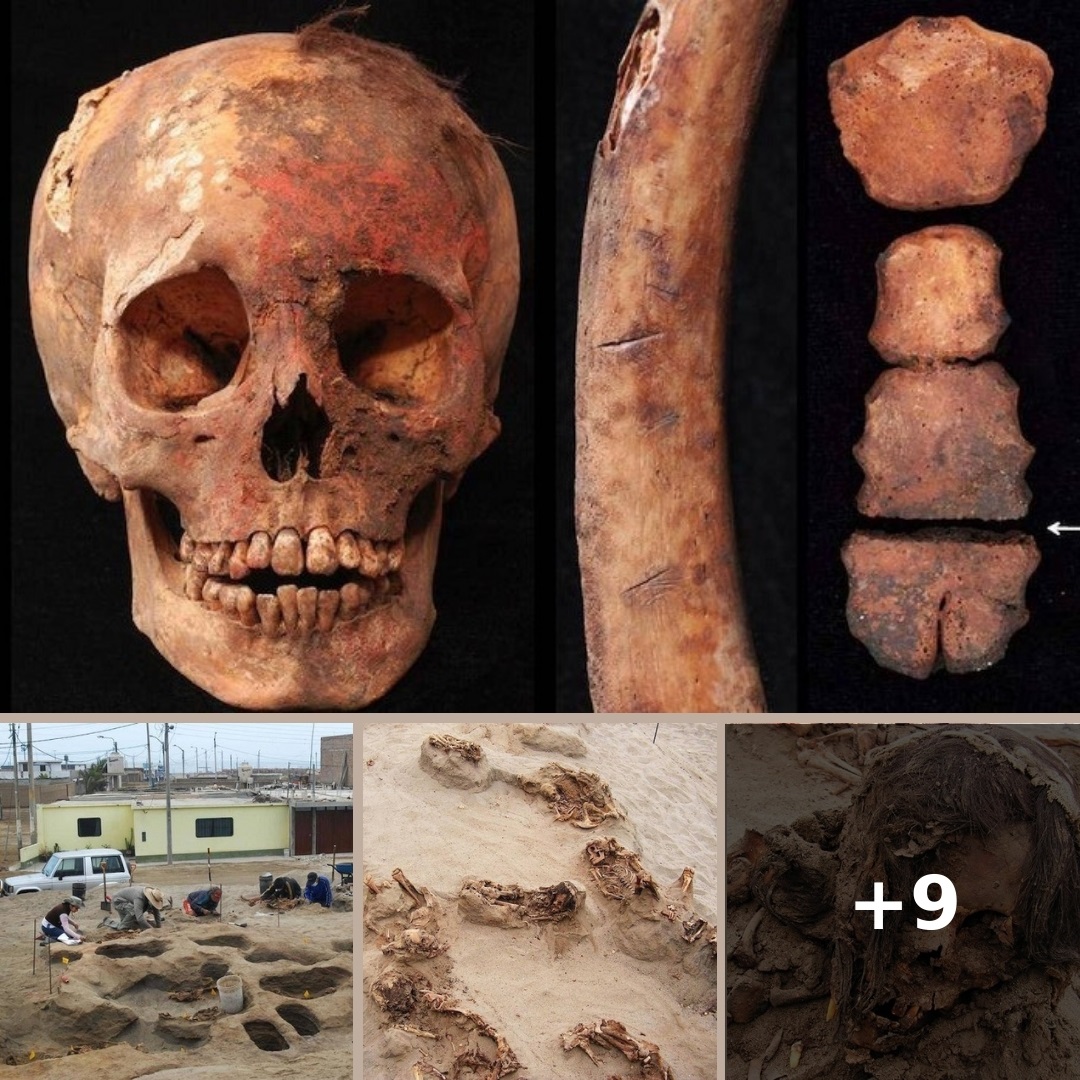The skeletal remains revealed cut open chests, likely so that their hearts could be easily removed.
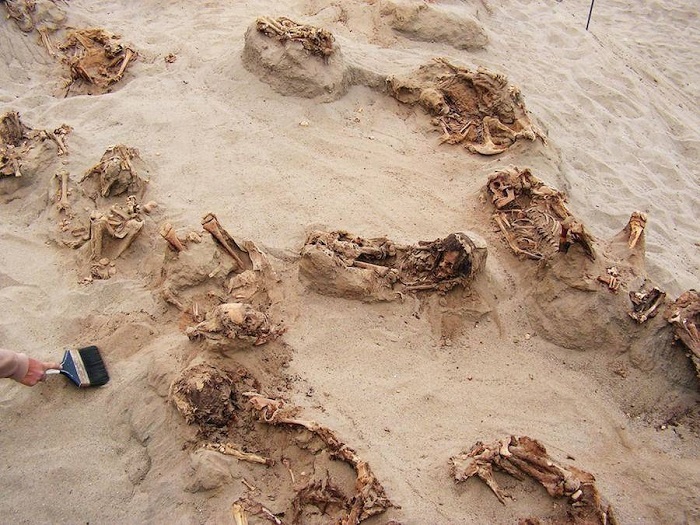
In an exclusive with National Geographic , a team of international and interdisciplinary scientists have revealed what is likely the largest single incident of mass child sacrifice in world history. The skeletal remains of over 140 children, as well as 200 llamas, were uncovered in the north coast of Peru and date back to over 500 years ago, around 1450 A.D.
At the time, the pre-Columbian civilization called Chan Chan was the thriving capital of the Chimu Empire. It controlled a territory that stretched 600 miles along the Pacific coast and across what is currently the Peru-Ecuador border all the way to Lima. The only larger empire at the time was the Inca Empire, which put an end to the Chimu around 1475.
The sacrifice site, Huanchaquito-Las Llamas, is 1,000 feet from the sea and less than a half a mile from the UNESCO world heritage site of Chan Chan.
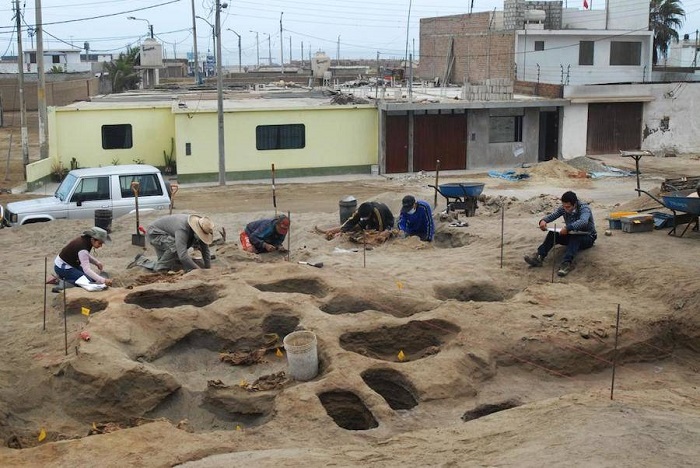
The site first received attention in 2011 when locals reported human remains eroding from the coastal dunes to archaeologist Gabriel Prieto. An initial dig uncovered 42 children and 76 llamas. The discovery of the 140 children and 200 llamas was the final result when the excavation concluded in 2016.
The remains were preserved in dry sand. Most of the children were estimated to be between eight and 12 years old. Ropes and textiles found at the burial site carbon dated back to between 1400-1450.
Several factors provide evidence that the discovery was a ritual sacrifice. The children’s faces had a red pigment made from minerals smeared on their faces. Their chests were cut open, likely so that their hearts could be easily removed. Rib bones with cut marks and sternums severed in half were also discovered.
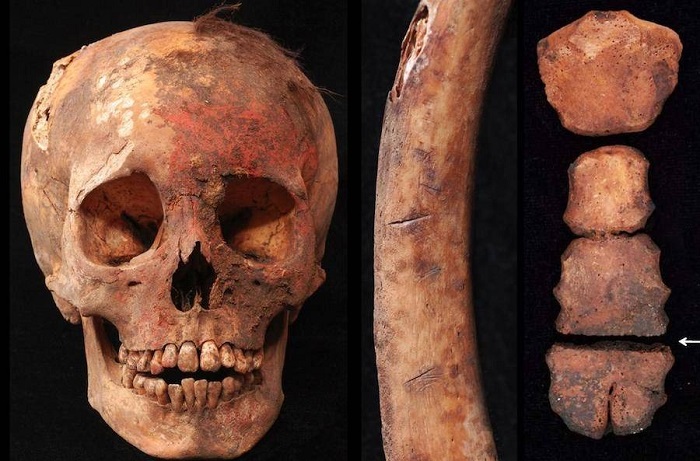
Additionally, the remains of three adults were found near the site. The adults, one man and two women, had blunt force trauma to the head, which indicates that they were part of the ritual and then discarded after it took place.
The scientists believe it was a single event because a dried layer of mud was found in the least disturbed part of the site. They believe that the layer covered the entire dune at one point in time and was cut into when the burial pits and sacrifice was prepared.
“It is ritual killing, and it’s very systematic,” said John Verano, one of the lead investigators.
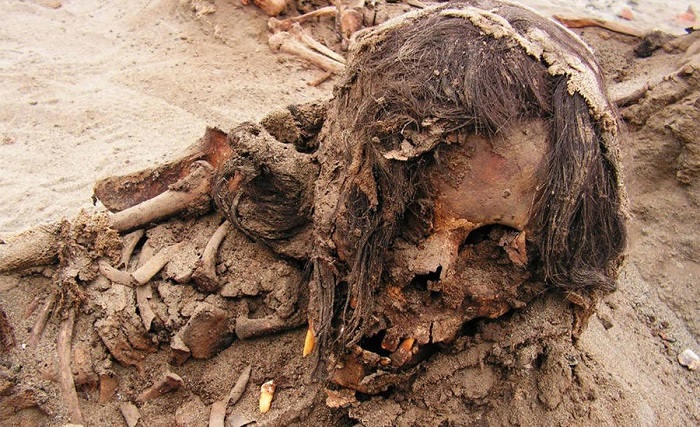
The question of why a sacrifice like this, especially considering that the victims were children, took place is a frequent one.
Haagen Klaus, a professor of anthropology at George Mason University, speculated that it could have been to fend off repeated disruptions by El Nino. Klaus said, “People sacrifice that which is of most and greatest value to them.” He added that when adult sacrifices proved ineffective, “maybe there was a need for a new type of sacrificial victim.” However, it is impossible to know for sure.
The researchers are submitting a report of the discovery to a peer-reviewed, scientific journal. Now, they are focused on the task of uncovering the personal histories of who the victims were and where they came from.
